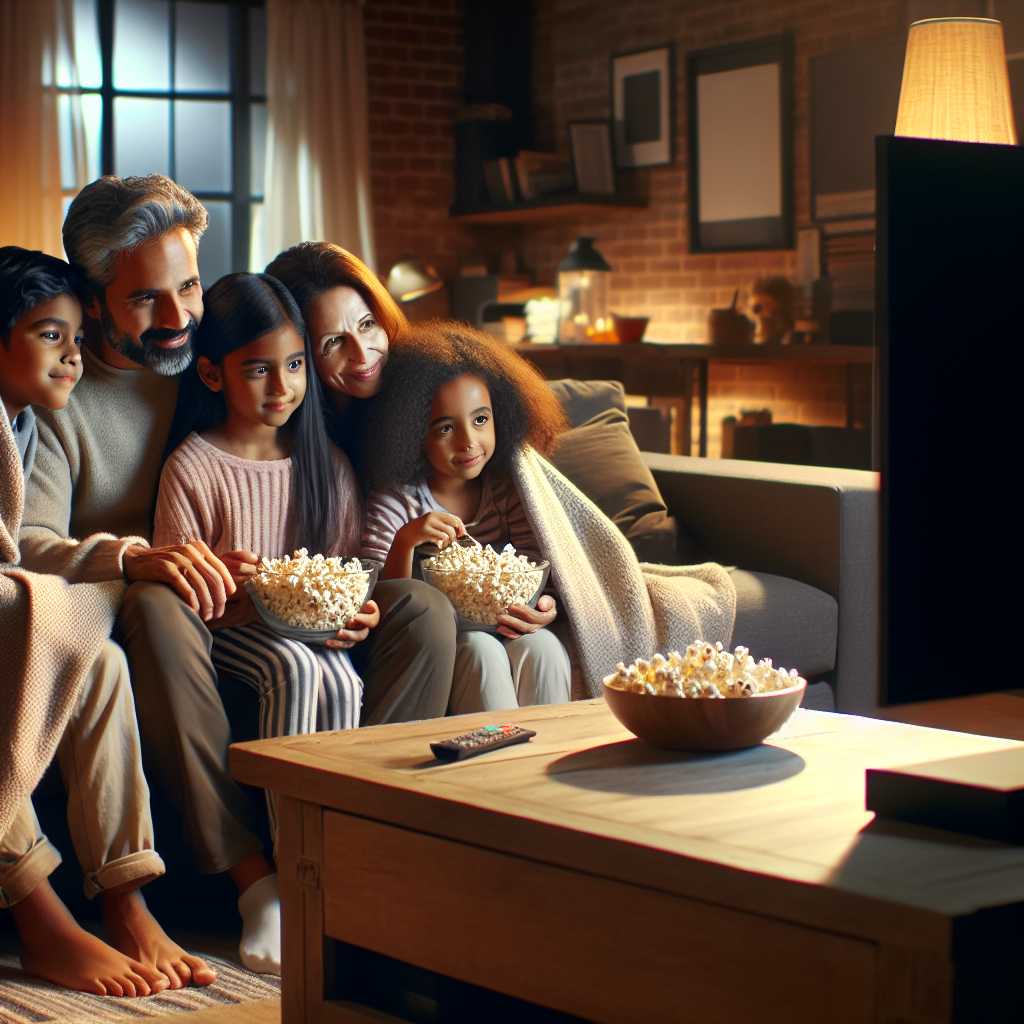The Allure and Evolution of the Saturday Night Movie Tradition
The Saturday night movie tradition is a cultural phenomenon that has stood the test of time, providing entertainment, relaxation, and social bonding opportunities for individuals and families alike. What began as a simple pastime has evolved into an institutionalized form of leisure that remains popular even in an age dominated by streaming services and on-demand content. This article explores the tradition’s origins, its evolution through different eras, its significance in contemporary society, and some relevant facts and statistics.
History and Origins of the Saturday Night Movie
The tradition of the Saturday night movie can be traced back to the early 20th century. With the advent of cinema, movies became an accessible form of entertainment for the masses. The idea of going to the movies on a Saturday night became particularly appealing because it often preceded the work-free Sunday, allowing people to stay out late without worrying about early morning obligations. Cinemas capitalizing on this leisure time began to offer special showings and discounts, further cementing Saturday night as the quintesimal time for movie-watching.
The Golden Age of Cinema
During Hollywood’s Golden Age from the 1920s to the 1960s, the Saturday night movie tradition flourished. This era saw cinemas across America packed every weekend with audiences eager to escape reality for a couple of hours. Classes and responsibilities were forgotten as viewers immersed themselves in the latest romantic comedies, westerns, or thrillers. Especially during the Great Depression, movies provided a much-needed distraction from everyday woes.
Transition to Home Entertainment
As television sets became common in households throughout the 1950s and 1960s, the tradition of watching movies began a slow migration from cinemas to living rooms. However, instead of supplanting the Saturday night cinema trip, TV complemented it by starting its own tradition: the Saturday night movie broadcast. Extended families and friends gathered around their television sets to watch films, which were now more readily available without leaving home.
The Modern Era: On-Demand Entertainment
With technological advancements in digital media and high-speed internet connectivity, we entered an era where streaming services like Netflix, Hulu, and Amazon Prime altered viewing habits. These platforms made it possible for viewers to enjoy an array of movies on any day and at any time. Nevertheless, despite this newfound convenience and choice, many still savor dedicating Saturday evening to watching a film as a means to relax after the week’s grind.
Cultural Significance
The persistence of the Saturday night movie illustrates its deep-rooted cultural importance. It serves not only as an opportunity for entertainment but as a means of bringing people together — offering a social context that differs from ordinary weekdays stressed by work routines. Regardless of medium changes, people across different generations recognize the activity as a weekly milestone—a chance to bond with loved ones or enjoy a solitary escape into fiction.
Saturday Night Movies in Contemporary Life
Even as our viewing options have expanded exponentially, many theaters still report higher attendance figures on Saturdays. Simultaneously, social media often buzzes with individuals planning their weekend movie nights at home—emphasizing an almost ritualistic quality tied to end-of-week cinematic indulgence.
Notes
Image Description: The image features a lively family gathered around the living room sofa, engrossed in watching their favorite film on a large flat-screen television. Two kids with their parents are seen snuggled under blankets with bowls of popcorn visible on a coffee table in front of them, showcasing a typical setting for a contemporary Saturday night movie experience at home.
